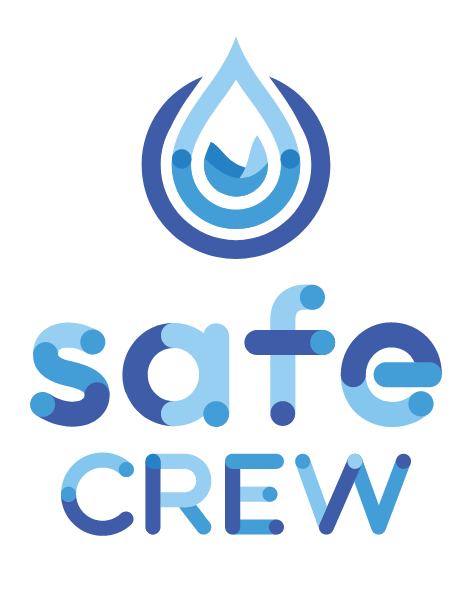New monitoring tools for comprehensive water quality characterisation
SafeCREW will provide a combined set of complementary and flexible tools that will overcome still existing hurdles in chemical, toxicological and microbiological characterisation of water:
- Combined Fluorescence spectroscopy (with PARAFAC) and LC-OCD/-UVD/-OND and FT-ICR-MS for improved NOM characterisation models
- Improved detection of polar DBPs by using Supercritical Fluid Chromatography SFC coupled to High Resolution Mass Spectrometry (HRMS)
- Affordable and reagent-free THM sensor for online monitoring of the four main THMs
- Integration of CALUX bioassays as early warning system for toxicity in complex water mixtures
- Passive sampler for effective microbial monitoring for early warning
New processes for reducing disinfection by-products
Six novel treatment processes to actively respond to identified threats will be developed to upgrade drinking water treatment processes according to a multi-barrier approach for non-disinfected and for disinfected drinking water supply systems.
- Microbial log-removal estimation in low concentration systems for application in managed aquifer recharge wells (MAR)
- Adsorptive membranes to selectively remove NOM and reduce DBP formation coupled with a sustainable elctrochemical regeneration method
- Combination of different Advanced Oxidation Processes (AOP) techniques for optimal settings for the transformation of DBP precursors
- Material tested for the efficiency of adsorbing DBPs and DBP precursors
- Improved NOM absorption to activated carbon (AC) by combining with pre-chlorination
- Automatic control for NOM removal in flocculation systems
Strategies for safe drinking water distribution to avoid water quality deterioration up to final consumers
SafeCREW will develop tools to overcome the multiple challenges around proper handling of DWDN and investigate links between quality of distributed drinking water and boundary conditions:
- Soft sensors evaluated in the case studies in the drinking water sector to model target parameters by measuring easy-to-measure parameters
- DBP prediction models in DWDN for the case study in Tarragona (surface water)
- Model-based predictions for optimal set-points for chlorination boosters in the network
- Validated testing protocol for reactions between disinfectants and materials
This will result in a guideline for monitoring water quality and management of disinfection by-products in drinking water distribution networks.
Integrated risk assessment framework to guide future interventions that sustain safe drinking water supply in the face of climate change
A range of supporting tools, risk assessment framework, guidelines and policy briefs will result in the novel analytical methods and treatment technologies:
- A set of climate change scenarios and future projections of parameters relevant for DBPs, and guidelines for tipping point identification
- DWDN management based on chemical risk assessment QCRA and DBP prediction models
- Integrated risk assessment weighing pathogens and DBPs to optimise DWSS management based on risk minimisation
- Policy brief to support unavoidable transition from non-disinfected to disinfected drinking water supply systems
- Policy brief regarding disinfection and disinfection-by-products
